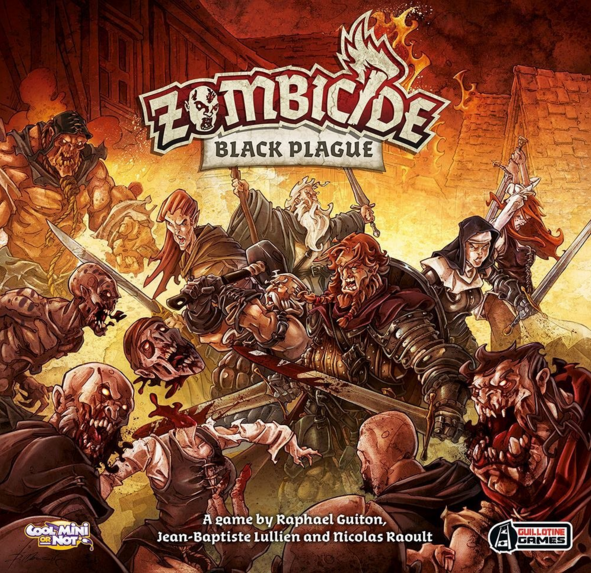Actors may be trained to portray characters convincingly, but embodying a new persona is no longer considered their exclusive territory. Thanks to the digital world, anyone with the will and imagination to do so can become someone else. Digital larping is the ultimate example of this escapist trend and how fun and creative in can be. It has a wide audience not restricted to gamers due to its expanding definition.
Here at The Geek Initiative, we’ve nurtured digital larp into a person-to-person roleplaying experience, usually with serious content matter, taking place over video, but lately a new trend has emerged: referring to any sort of in-character, online portrayal as “digital larping.” Geeks with decades of experience might recognize some of this from MUD, MUSH, and AOL RP days, or from one of the many popular Tumblr, LiveJournal, or Dreamwidth role portraying characters in text-based role play.
Now, everyday people on social media enjoy larper laughs and, in fact, the rest of the entertainment industry is finally catching on. They strive for greater immersion through live interaction.
This shift in vernacular, or a way to describe a decades-long roleplaying hobby as “digital larp,” likely emerged from the likes of troll culture online, which tends to broadly poke fun at and describe a wide variety of activities as larping.
While the definition of digital larp is still works in progress, let’s see what has been accomplished so far.
Today:
– brekkie
– fail to see reason
– foreign policy based on whim
– cheerfully uninterested in needs of peasants
– shout from balcony that no one cares more for the needs of peasants than me
– boredom
– rumpity pumpity
– cheese controversy
– wine— Henry Tudor (@KngHnryVIII) September 6, 2019
Digital Larp Evolution
The original form of live-action role playing takes place in the real world. Events big and small are put together around the world for people to dress up as fantasy, sci-fi or even historical characters and dive into mini universes full of fellow fun-seekers. The World of Geek reveals that Germany’s ConQuest Mythodea and Drachenfest attract around 5-8 thousand players. Larping contains a great many concepts and categories, but the main attraction is the opportunity to break away from mundane everyday life in the most epic way possible.
Now, we also have digital larping, which, depending on how you define it, only requires a device and online profiles as opposed to costumes, gear, travel expenses, and more. It may involve a minor activity, like someone posing a scenario on a platform and users commenting as if they were particular characters. Or, it could be next level and emotional. In CHARIOT LARP, players can remotely direct how their spaceship is built before showing up in person to enact a space survival scenario in that main ship or online, pretending to be communicating from nearby vessels. This form of entertainment is all about bringing a fictional story to life through imagination and improvisation.
Interactive Entertainment
TV is also becoming a popular realm of interactive experiences. Black Mirror: Bandersnatch, an original Netflix film where viewers were given control of the protagonist’s choices and subsequent outcome, was a smash hit, perhaps inspired by the format of once-popular choose-your-own-adventure books. The film played with the meta relationship between viewers and the show, or rather Stefan, the likable main character. Among the productions listed on The Hollywood Reporter conducting their own experiments with live-action engagement are Bear Grylls’ You vs. Wild and a 2020 Unbreakable Kimmy Schmidt movie. If viewers consciously adopt a different personality while being so involved with such shows, given agency in terms of how the story unfolds, these could almost count as larp events.
Theater, museums and art installations also apply immersive techniques. San Francisco’s Museum of Ice Cream has created a Willy Wonka & The Chocolate Factory feel by allowing visitors to do things like swim in pools of rainbow sprinkles. In Santa Fe, Meow Wolf’s House of Eternal Return has people explore the narrative of a family’s transformation through its science experiments, all delivered as fantastical interactive installations. Since visitors are primarily witnesses with little to no effect on the narrative, larp standards aren’t quite being met, but the value of maximum audience engagement is clearly recognized.
Video games are perfecting the concept of interactive storylines, each of your choices affecting the plot, as well as your character’s abilities and even appearance. But producers are always looking for new features to improve immersion. As a result, digital gaming doesn’t have to be an isolated activity anymore. Online casinos like Betway offer live streaming of games like blackjack and roulette. Texas Hold’em can be played against a real dealer, recreating a land-based casino experience. And then there are hilarious creations like the Super Mario Interactive Adventure Game! on YouTube that follows a similar system to Bandersnatch: you’re given different decisions in the form of next videos. The progression and length of the story depends on what you choose.
Larp is a complicated type of entertainment to achieve, requiring the audience to do more than actively interact with a show or game. They must embody and direct it as characters or even narrators with mentalities different to theirs. Next time someone asks if Larping is like Auggie’s hobby in Role Models, you can answer that it’s actually a highly enjoyable and social acting activity. Various sectors of the entertainment industry are making strong moves towards such complete immersion, but often miss the mark when it comes to including people in the narrative. The next step would be to develop, for example, a way for them to become a part of a TV show, just like larp organizers assign roles to players. Let’s cross our fingers and await what creative geniuses will think of next.





